Raw mango dal is a delicious Indian lentil dish that combines the nutty flavor of toor dal (pigeon pea) with the tangy taste of raw/green mangoes, along with a hit of spice from chilies and the aroma of ghee.
It is called kachhe aam ki dal in Hindi and pairs well with plain steamed rice and your favorite side dish for a hearty and wholesome meal.
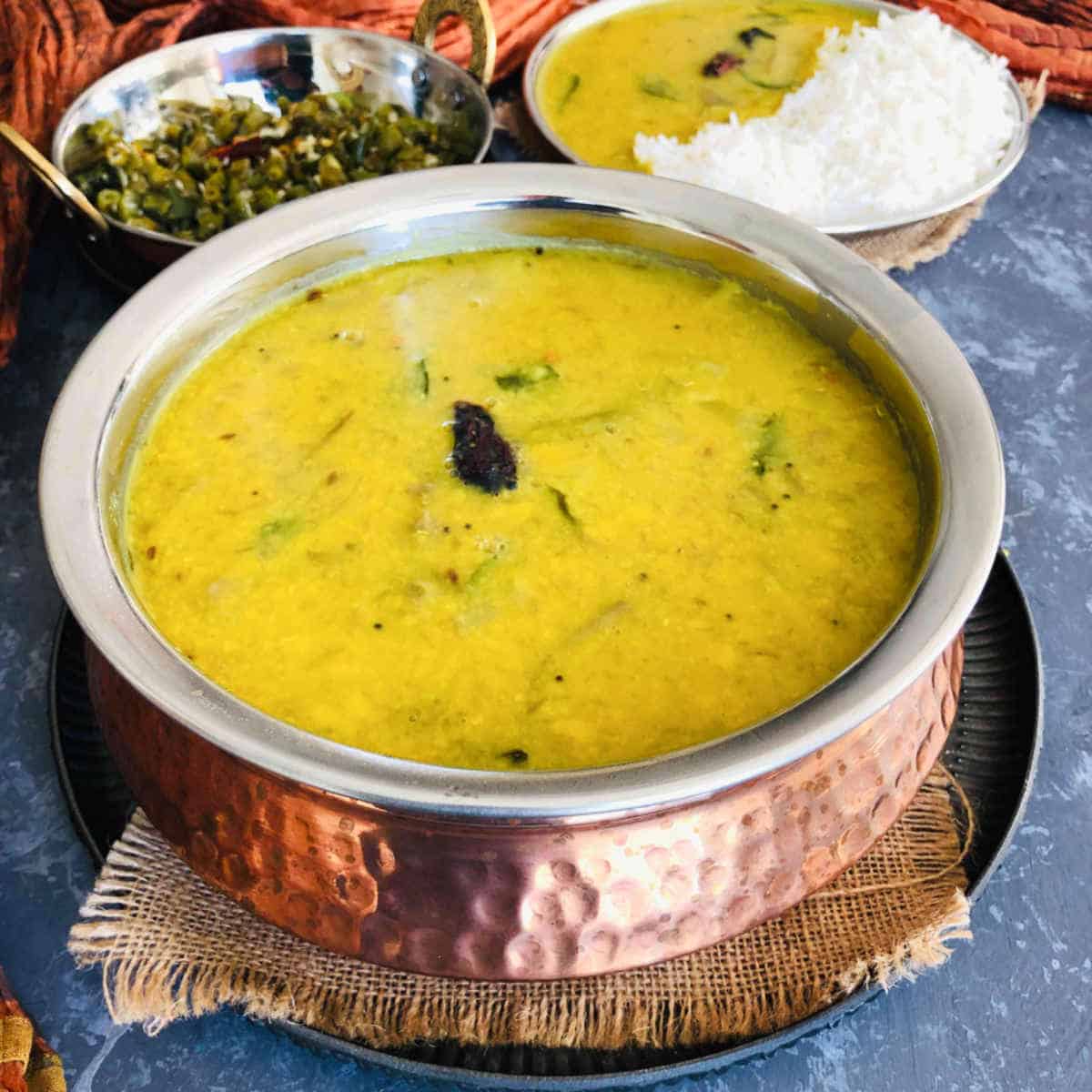
Why you will love this mango dal recipe?
- Flavorful: Mango dal is a flavorful dish that combines the nutty taste of lentils with the tangy flavor of mangoes. It is a great combination of flavors that is sure to satisfy your taste buds.
- Easy to make: This dish is a very easy dish to make. The dish can be prepared in 30 minutes.
Ingredients
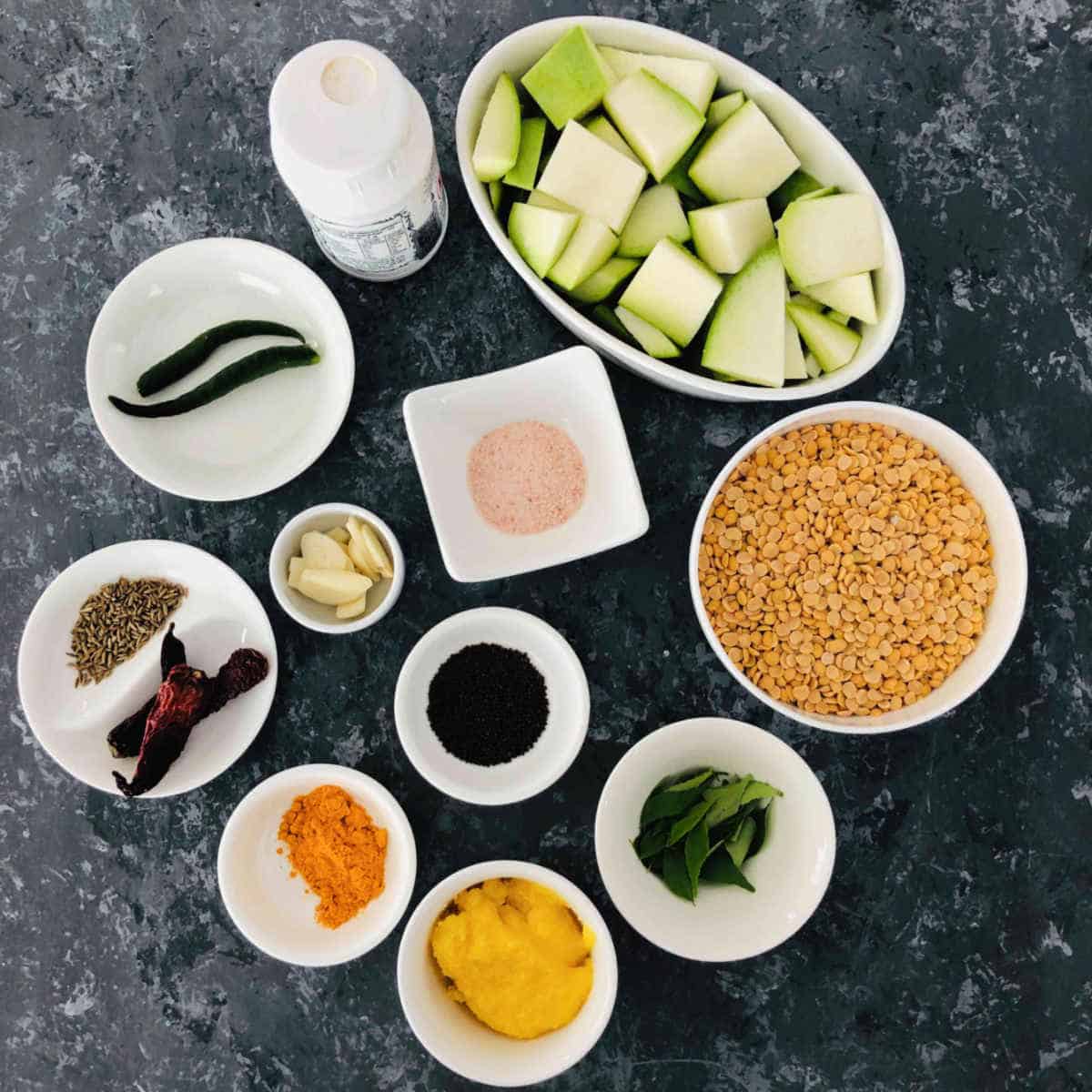
Toor dal: This dish is made with toor dal (split pigeon peas); however, moong dal (yellow lentils) can be used as well.
Raw mango: Use raw mangos that are firm and have a nice tangy taste.
Ghee: I use ghee in this recipe. You can replace it with coconut oil for a vegan version.
See the recipe card for full information on ingredients and quantities.
Step-by-step instructions
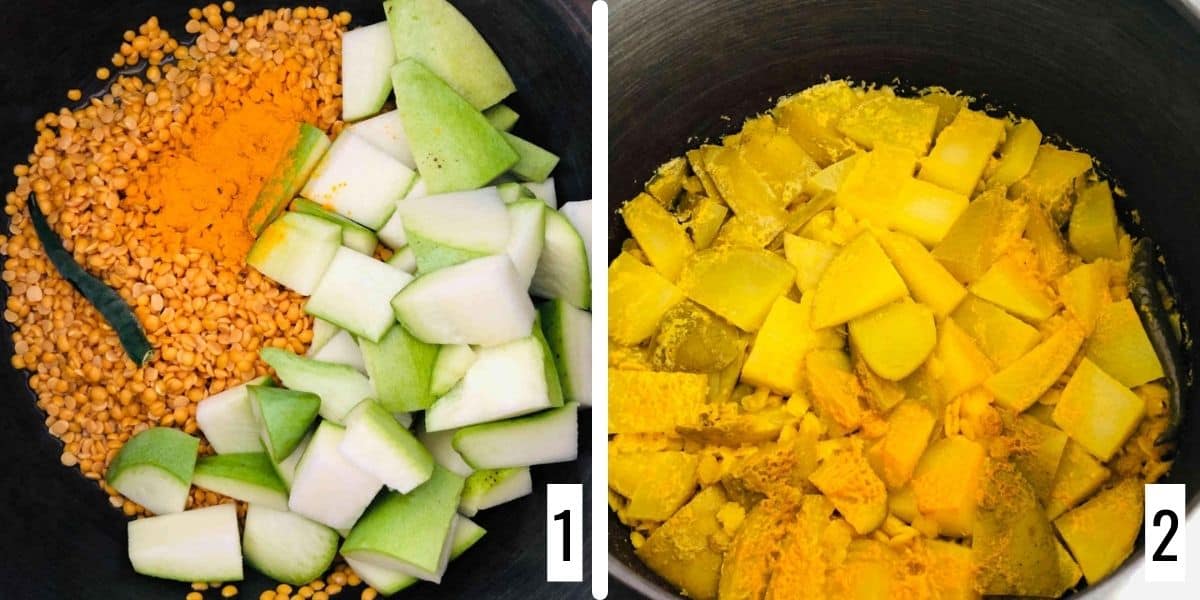
Step 1: Place toor dal, green mango, green chili, and turmeric powder in a pressure cooker.
Step 2: Add 2½ cups of water and give it a mix. Pressure cook until the dal is well cooked.
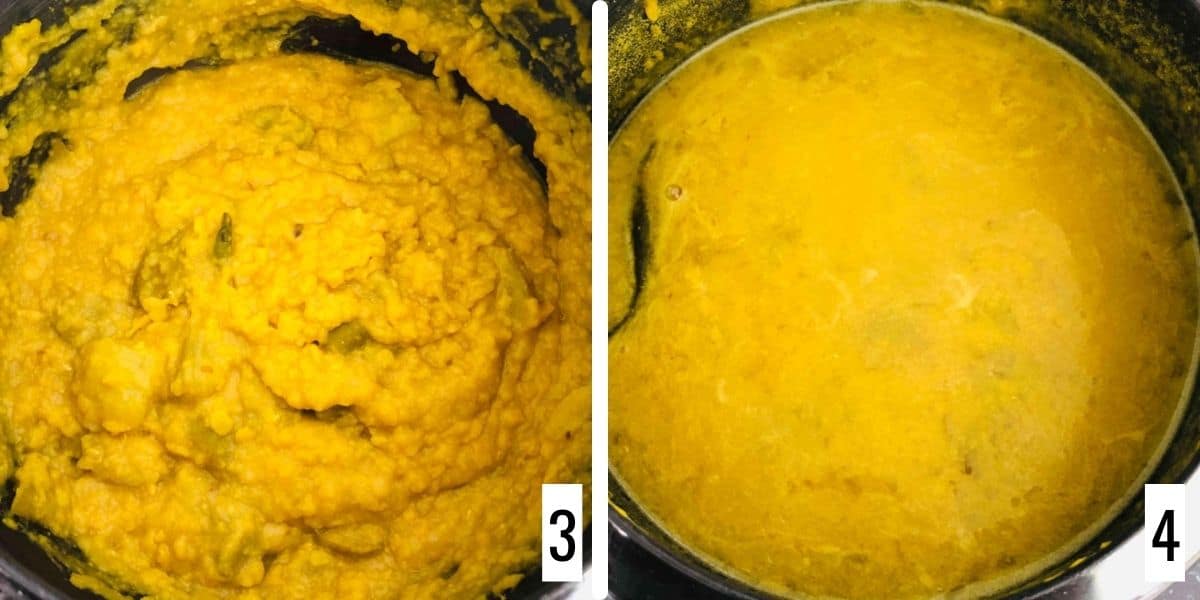
Step 3: Lightly mash the dal and add salt.
Step 4: Add more water and adjust the consistency. Simmer for 5-6 minutes.
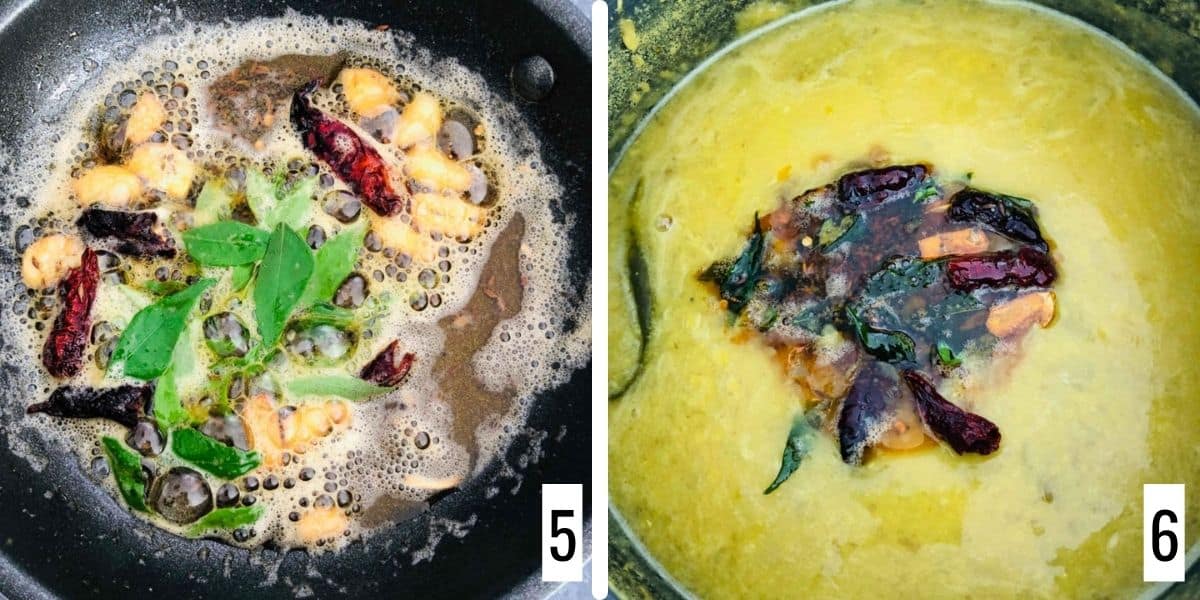
Step 5: Heat ghee in a small pan and add mustard seeds. Once they splutter, add dry red chili and cumin seeds. Add garlic and saute until the garlic is golden. Add hing and curry leaves.
Step 6: Add this tempering to the dal and serve hot.
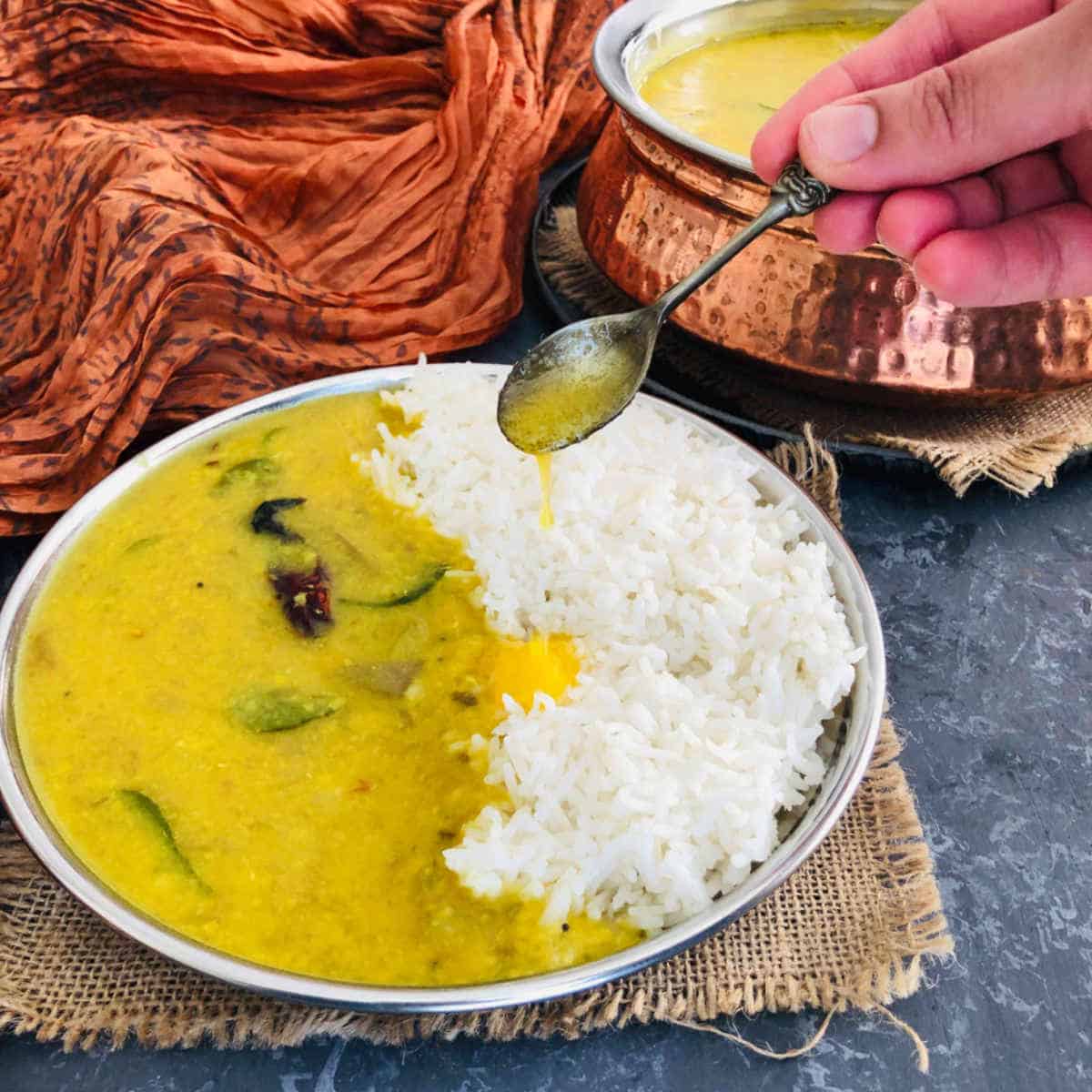
Expert Tips
Make sure you use raw green mangos that have a nice tangy taste. The mangos should be firm when pressed.
I prefer not to peel the mangos before using them. However, you may peel and use the mango.
What to serve with mango dal?
Serve this mango dal with steamed rice and a side of this delicious kosambari. My favorite side dishes to pair with this dal are pan-fried chayote squash and Bombay potatoes. Check out this recipe to make authentic vegetable sambar and palak sambar.
Recipe FAQs
Cool the dal completely and place it in an air-tight container before storing it in the refrigerator. It can keep good for up to five days. To reheat, portion the dal and place it in a saucepan. Add a small amount of water (not more than ½ cup) and simmer for a few minutes. The dal tends to thicken when stored, so you will have to adjust the consistency.
Arhar dal or toor dal is commonly used to make this dish. However, you can also use moong dal for this recipe. Moong dal tends to cook quickly when compared to toor dal, so adjust the cooking time accordingly.

More mango recipes
If you tried this Mango Dal Recipe or any other recipe on my website, please leave a ? star rating and let me know how it went in the ? comments below.
Recipe card
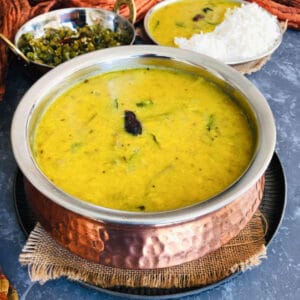
Mango Dal / Raw Green Mango Dal
Ingredients
- 1 cup toor dal
- 1½ cup raw mango
- 1-2 green chilies
- 1 teaspoon turmeric powder
- 1-1½ teaspoon salt
For the tempering:
- 2 tablespoon ghee (use store-bought or homemade ghee)
- 1 teaspoon mustard seeds
- ½ teaspoon cumin seeds
- 2 dried red chili
- ½ teaspoon hing
- 1-2 cloves garlic thinly sliced
- 1 sprig curry leaves
Instructions
- Wash the mango and cut it into medium-sized cubes.
- Wash the toor dal and place it in a pressure cooker. To this, add mango, green chilli, and turmeric powder.
- Add 2½ cups of water and give it a mix.
- Pressure cook until the dal is well cooked (for 3 whistles). Once the steam comes off, remove the lid.
- Lightly mash the dal and add salt. Add more water and adjust the consistency
- Place the pressure cooker on high heat and bring it to a boil. Simmer for 5-6 minutes
- In the meantime, prepare the tempering. Heat ghee in a small pan and add mustard seeds.
- Once they splutter, add dry red chili and cumin seeds.
- Add garlic and saute until the garlic is golden. Add hing and curry leaves. Turn off the heat.
- Add this tempering to the dal. Add cilantro and mix well. Serve with rice and side dish of your choice.
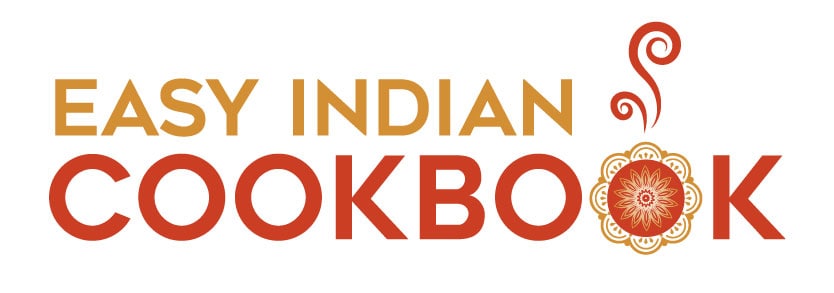
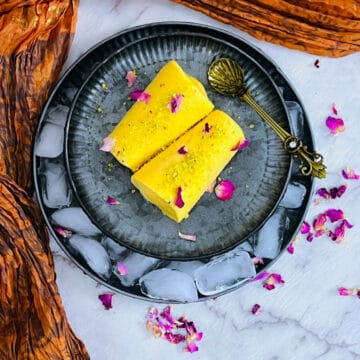

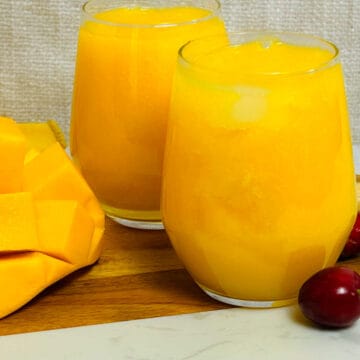
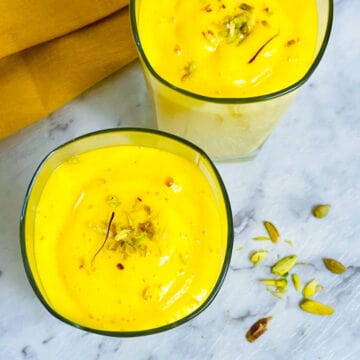
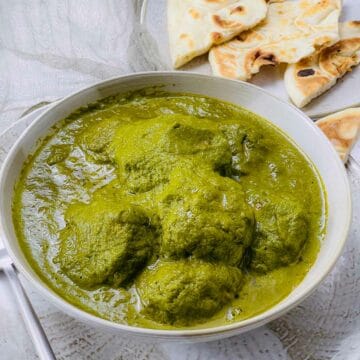
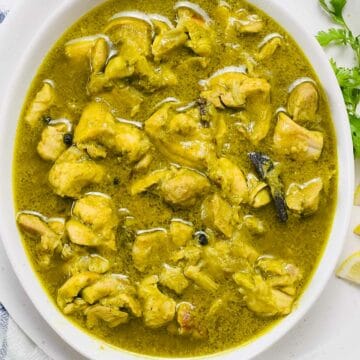

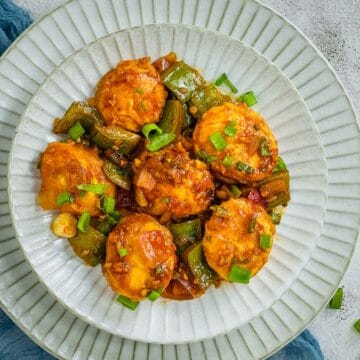
Connie Grigg says
Such an interesting and delicious dish!